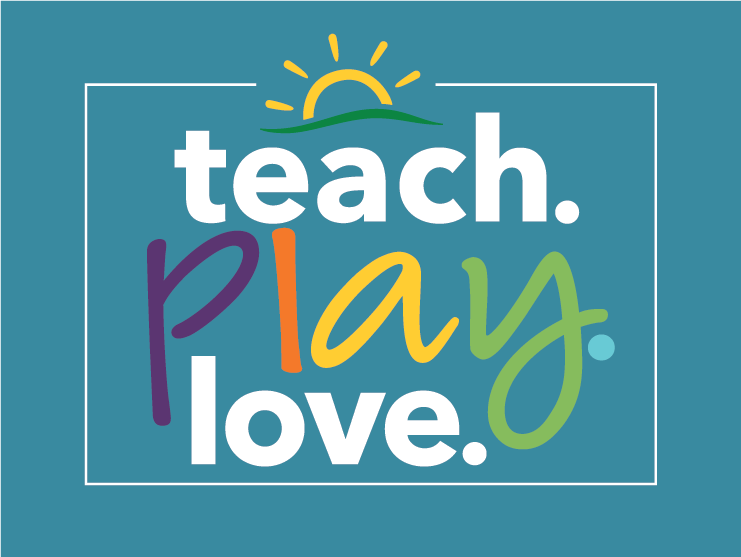We’ve all experienced it. Eye rolling, the defiant flip of the head, or even a long sigh. Children use these nonverbal cues to express their frustration. Most children experiment with backtalk and sassy talk at some point, as well. Few things seem to push a parent’s buttons more. Before we respond, though, it’s helpful to consider the child’s point of view. As parents, it’s our job to be a leader for our children—neither a pushover nor a dictator. To truly lead, we need to observe, listen, and evaluate the reasons for the behavior. Then, we can respond in ways that are truly helpful.
Toddlers and preschoolers typically use sassy talk because they’re copying something they’ve heard or seeking a reaction. They may also use disrespectful words as a way to express frustration or their burgeoning need for independence. Older children use this behavior as a way to fit in with friends and proclaim their maturity. Sometimes they use it to gain control or express resentment. Frequently, the habit develops in response to behaviors they see at school, with friends, or on television.
So, how can you handle backtalk?
- Create a sense of safety. Children often bottle up feelings of frustration, sadness, anger, or fatigue, venting only when they get home. While helping children navigate these feelings might seem overwhelming at the end of a long day when you’re tired yourself, remember that children express negative feelings to the people they feel safest with. Disrespectful language might really be a child’s way of expressing difficult feelings. Listen with empathy and help your child find solutions when appropriate.
- Offer alternatives and teach skills. When children know how to express frustration appropriately, they’re less likely to engage in disrespectful behavior. Teach your child that it’s okay to say, “I feel angry,” or “I feel frustrated.” Your child can learn to describe a problem from his perspective, without resorting to disrespectful language. For example, “I don’t like doing my homework when I first get home from school. It makes me mad when I feel like you’re not listening.” Congratulate your child when he gets it right; listen to his point of view, and work together to find solutions. “I can see that you need to take a break from schoolwork. Let’s have a snack and you can go play for a while. Then, we’ll do homework before dinner. How does that sound?”
- Set age-appropriate limits. You listen with empathy and you’ve tried to teach your child the skills to articulate negative feelings. Then what? The next step is to decide if and when to address backtalk. In many cases, particularly with young children, simply ignoring it is an appropriate choice. If your child seems to be developing a habit of using disrespectful language, it’s okay to say, “It makes me feel bad when you talk to me unkindly. Please stop.” or “I see a bad habit developing. It’s my job as your parent to make sure you learn to speak respectfully. This is an important life skill. “Set some family rules about how your family communicates and treats others, and be sure to model kind, respectful behavior yourself.
- Monitor your child's media exposure. Children’s television programming, especially programs marketed for tweens and teens, is rife with examples of people putting others down or talking disrespectfully. Be aware of what your children are watching. Say no to programs that encourage these behaviors. Explain your reasons for limiting these programs and offer positive alternatives. And if you see disrespectful interactions on televisions and in movies, use them as a teaching moment. Children are often quick to notice behaviors in others that they might not see in themselves.
Most children experiment with disrespectful words at some point. Try not to overreact or under-react, both of which can exacerbate the behavior. Instead, help your child understand the benefits of respectful, appropriate interactions, which will make life easier both now and in the future.
More on Building Respectful Behaviors
- Find parenting tips on how to raise kids with good manners and behavior through modeling & teaching.
- Learn some reasons why children lie and tips for teaching them how to stop lying.
- Our mom blogger shares 5 sibling behaviors that drive her crazy and helpful ways to keep the peace.
- Use these tips to teach children how to apologize and forgive.





